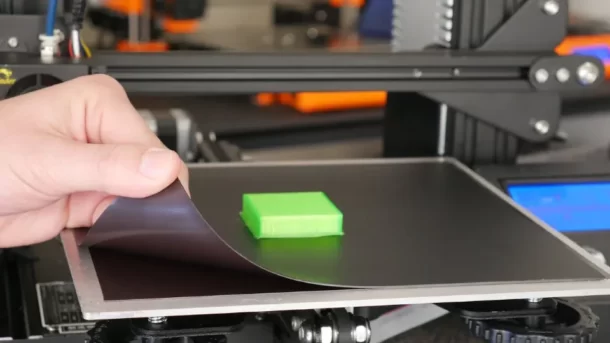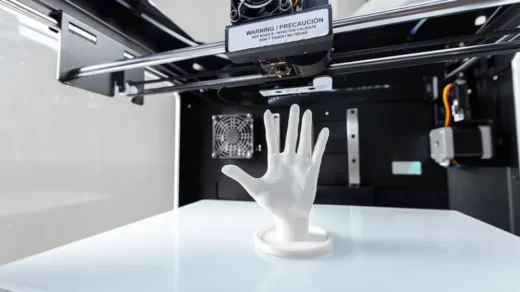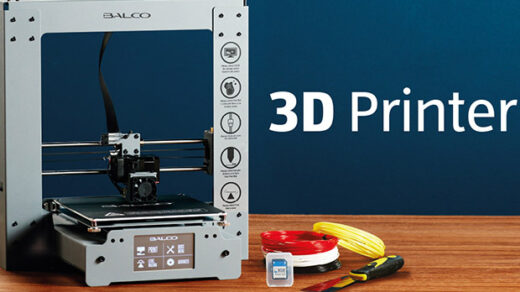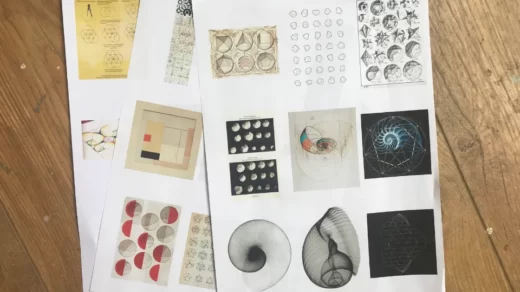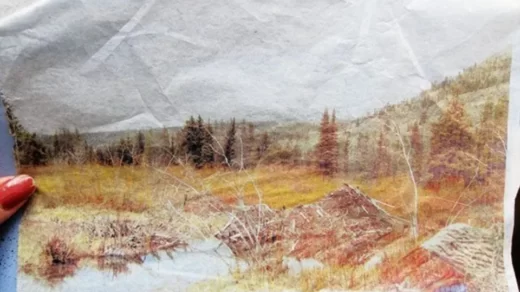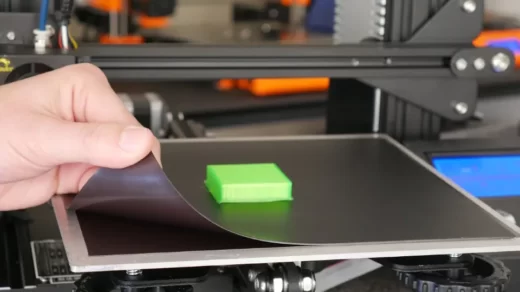A 3D print stuck to the bed can be annoying. Read on to learn safe ways on how to remove prints from glass bed.
This is precisely what happens when a piece of your 3D print breaks off as you are taking it out of the printer bed, a scenario that is familiar to anyone who has ever experimented with 3D printing. What steps can you take to avoid this scenario?
The best advice and methods we’ve found are listed below; read on!
Table of Contents
How to Remove Prints from Glass Bed?
The simple combination of 50% water and 50% alcohol sprayed on the problematic 3D print in the video below has been shown to work for many people.
If it doesn’t work, don’t worry—there are plenty of other approaches and strategies that can help you resolve your problem, as well as steps you can take to avoid it in the future.
There are many ways to unstick 3D prints, but we’ll list the simplest and most practical ones for you.
Apply Some Force
The most effective way to remove 3D prints from the build surface is to simply apply a little force—either by gently pulling, twisting, bending, or simply grabbing the 3D print.
In most cases, if you have a decent setup, this should work just fine, but if you are reading this article, it might not have worked so well!
Firstly, before trying to remove the print, let the print bed cool down for a considerable amount of time then try removing it manually by applying some force.
You can also gently knock the 3D print off with a rubber mallet to weaken the bond. You should be able to use the same force to remove your print from the print bed after it has weakened.
Use a Scraping Tool
The next step would be to use some tools, like the spatula that typically comes with your 3D printer.
Typically, removing a 3D print from your print bed only requires a small amount of pressure applied underneath it and additional force applied in several different directions.
I would use my spatula, placing my hand directly on the 3D model, and wiggle it up and down, diagonally, and side to side until the adhesion weakened and the part came off.
Now, not all spatulas and scrapers are created equal, so the one that comes standard with the 3D printer may not always be the best.
If you are having trouble getting prints off, purchasing a proper print removal kit from Amazon is a wise move. The Reptor Premium 3D Print Removal Tool Kit comes highly recommended.
It comes with long knife with a beveled front edge, allowing for gentle sliding underneath prints, as well as a smaller offset spatula with a black ergonomic rubber grip and safe rounded edges.
They are made of stiff, hardened stainless steel blades which are flexible, but not flimsy. With a very high rating of 4.8/5.0 stars at the time of writing on Amazon, it can easily remove larger prints.
You Might Also Like: How To Clean A 3D Printing Bed?
Use Dental Floss
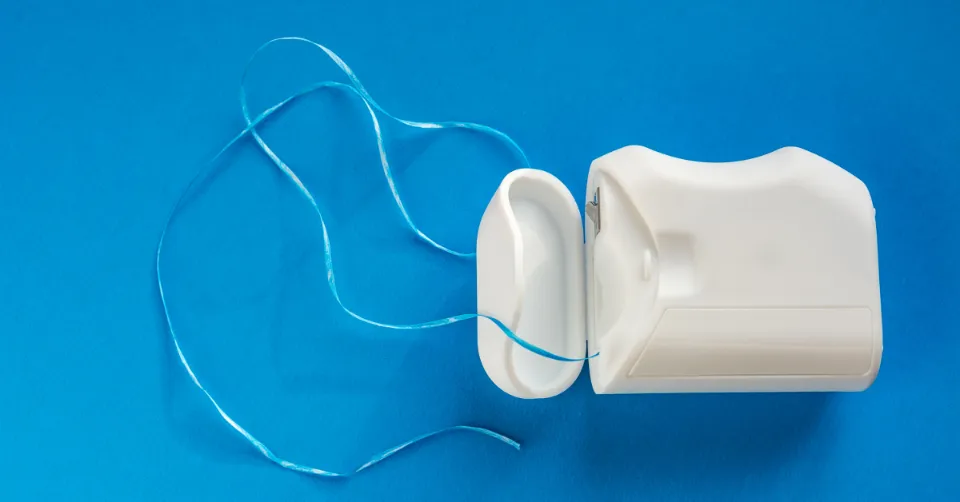
It can usually be moved with a little force, but if that isn’t possible, try using a piece of dental floss.
Simply place the dental floss at the bottom of your print, near the back, and slowly pull it toward you while holding it in between your hands. Many people have found success with this approach.
Heat Your Print Bed
You can occasionally let the print pop off by heating the print bed to about 70°C. Since we are aware of how these print materials respond to heat, changing the temperature can be used to manipulate the print.
Higher heat can soften the substance to the point where it adheres to the print bed less effectively.
Freeze the Print Bed Along With Your Stuck Print
By spraying compressed air onto your stuck prints, you can make them easily pop off due to temperature changes also.
Placing your print and bed in the freezer also causes the plastic to slightly contract, which causes the print bed to loosen its hold on the print.
Since proper preparation should make future removal of prints relatively simple, this method is not frequently used.
Dissolve the Adhesive Using Alcohol
Isopropyl alcohol can also be used to dissolve adhesive to remove stuck prints from the base. For fifteen minutes, place the solution close to the base of the print.
Using a putty knife you can then easily pop the stuck print off the edges.
As an alternative, you can use hot water to melt the adhesive; just be careful not to let it boil, as that would cause the print material to reach its glass transition temperature and cause deformation.
Conclusion: How to Remove Prints from Glass Bed
The aforementioned hacks are quite promising when it comes to removing your stuck prints from the print bed.
The suggestions are completely adaptable, so you can choose the one that best satisfies your printing needs and specifications.
Read More: How to Level a 3D Printer Bed?
FAQs
How Do You Clean PLA Off a Glass Bed?
The easiest way to clean your glass bed is by using a scraper.
What Solvent Will Dissolve PLA?
Ethyl acetate is a highly efficient solvent for degrading and dissolving PLA.
Does Rubbing Alcohol Dissolve PLA?
There is a type of PLA whose formulation makes it soluble in isopropyl alcohol, a much less dangerous product than acetone or methylene chloride.

